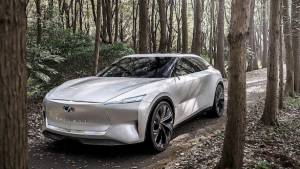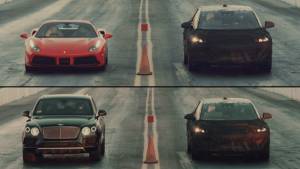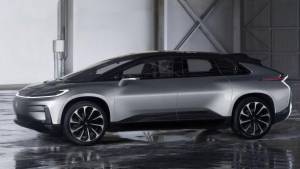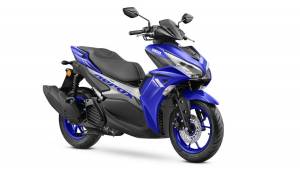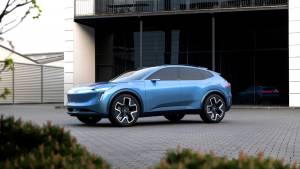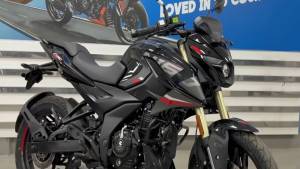Faraday Future unveils 1000PS electric concept
Faraday Future was a complete unknown till last year when they started to make big claims about reinventing urban mobility. The firm is backed with huge amounts of Chinese money with Letv who is China's Netflix being a big promoter. A couple of weeks ago, the firm announced intentions to invest in a billion dollar production plant at Nevada and that it had received a 335 million dollar subsidy through tax credits and public financing from the Nevada government.
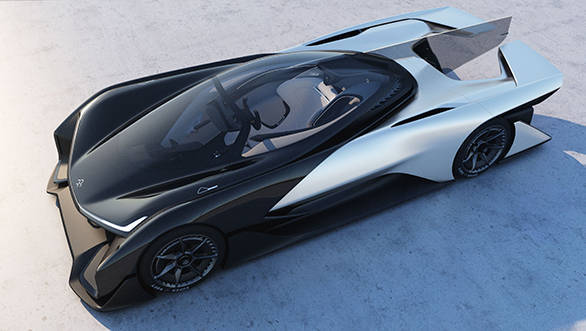
Then, at CES 2016, the company revealed something no one was expecting, a 1000PS electric racing car concept called the FFZERO1. The concept itself is undrivable and probably never will be. The company says it serves as a test bed for technologies that will power its future road cars.
Faraday Future says the concept has four quad core (sounds more mobile phone than automobile) electric motors that provide in excess of 1000PS. 0-100kmph will take less than 3s and top speed will be in excess of 320kmph. All theoretical of course.
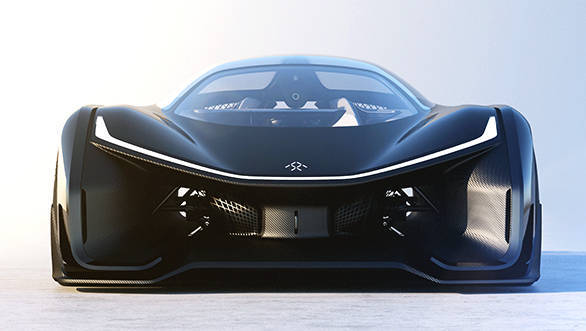 Note the aero tunnel design feature that will flow vast quantities of air, cooling components like motors and brakes
Note the aero tunnel design feature that will flow vast quantities of air, cooling components like motors and brakes
The wild looking exterior appears based on a Le Mans LMP1 racer and is constructed with carbon fibre. The rear appears to have advanced push-rod style racing suspension. Most interesting though is the adoption of the aero tunnel design up front that will route cool air through to the motors and brake systems. The FFZERO1 features a single seater cockpit with a driving position inspired by NASA's zero gravity design seat technology that was developed in a weightless environment. The seats are aimed at reducing driver fatigue by ensuring even support across the body. Faraday Future isn't the first here and Nissan debuted this technology on the 2013 Altima sedan.
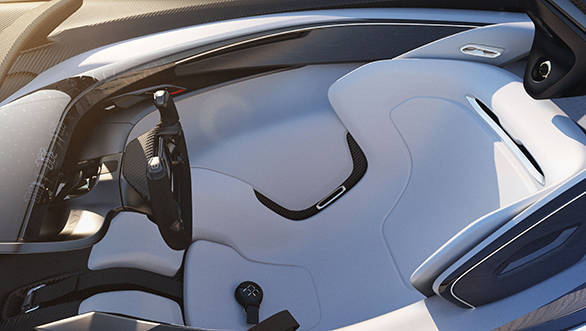 NASA inspired seat design aimed at reducing driver fatigue.
NASA inspired seat design aimed at reducing driver fatigue.
The cabin uses a UI system that works via virtual and head up displays. Smartphone integration allows remote vehicle set-up and allows live analysis of vehicle parameters.
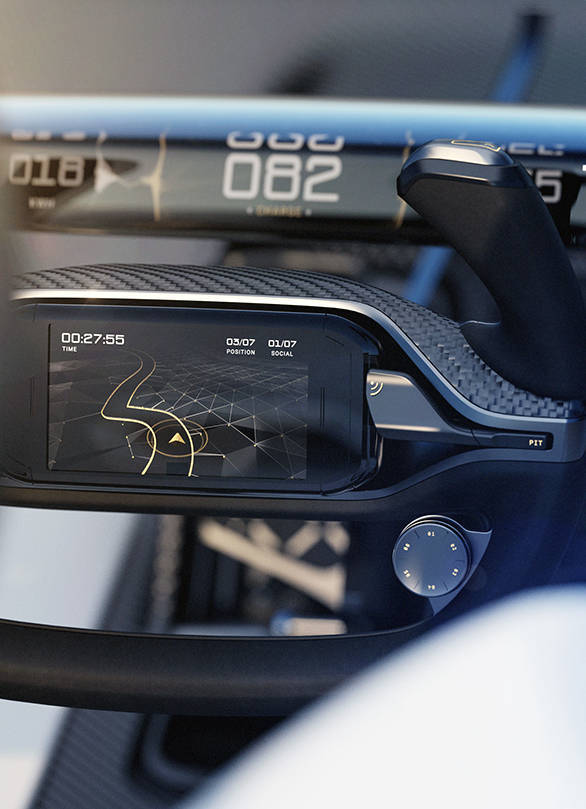 Smartphone integration allows remote vehicle set-up and live monitoring of vehicle parameters
Smartphone integration allows remote vehicle set-up and live monitoring of vehicle parameters
The platform itself is of a scalable type, meaning it can be used for vehicles of different sizes or architectures, including front, rear or all-wheel drive. The batteries are said to be located in rows which can be added or removed depending on the size of the vehicle in question. The batteries also use what FF calls strand technology, whereby if battery pack fails the rest will continue to function, like the lights you drape around a Christmas tree.
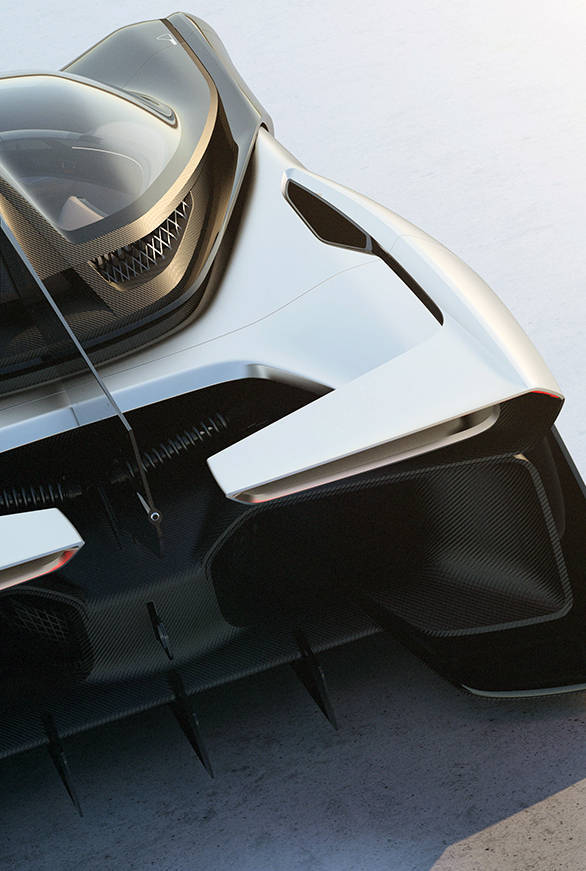
All these concepts are interesting but not entirely new. Scalable architecture is all the rage these days (think MQB) and Tesla has its Skateboard design. In that sense, Faraday Future disappointed at CES. Why didn't we see something more comprehensive? There has to be something in the pipeline for a state government to offer a $335 million incentive after all. A hint at this comes at the 1:10s mark in the video where we get a small glimpse of a more realistic vehicle on the FFZERO1's platform.
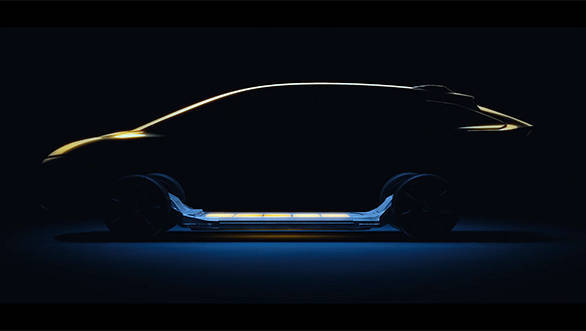
The FFZERO1 is an interesting concept but Faraday Future has to reveal vehicles or concepts that are more realistic for us to take it truly seriously. For now, the enigma continues.
More from OVERDRIVE:
Who is Faraday Future and why does it matter?
.
Related Stories
Top Stories
Latest Videos
Most Popular
- Budget Sportbike Showdown: Kawasaki Ninja 500 vs Aprilia RS 457 vs Yamaha YZF-R3
- 2014 Triumph Daytona 675 vs 2024 Kawasaki ZX6R - A Decade of Evolution in Supersport Motorcycles
- Mumbai-Pune Expressway speed restrictions updated
- Nissan Magnite EZ-Shift review - is the AMT any good?
- Nitin Gadkari states that tax on Hybrids should be reduced to 12 percent in the coming future
